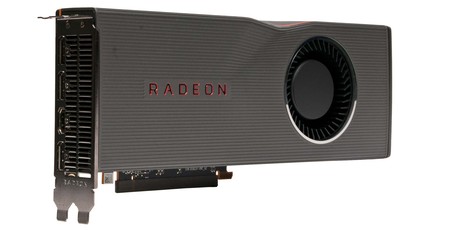
Performance Analysis
Starting resolution by resolution, the RX 5700 XT is very smooth at 1080p. In each of our challenging games its average frame count is above 60fps, and in half our titles we see averages above 100fps and 99th percentiles above 60fps, making it a great candidate for a high refresh rate panel.
At 1440p, AMD’s supposed sweet spot resolution the card is solid with average frame rates consistently over 50fps. Even in tougher titles like Total War: Three Kingdoms and Metro Exodus, it remains smooth and playable with 99th percentile frame rates of 40fps and 35fps respectively. This definitely is the optimal resolution in terms of balancing excellent image quality with great performance.
Only at 4K does RX 5700 XT start to crumble, delivering 99th percentile frame rates below the 30fps barrier in three of our six games and only just surpassing it in two others. As a result, gameplay is choppy and unsatisfying, especially in fast-paced games. Of course, turning settings down is always an option, but you’ll find yourself doing that sooner and more often if you insist at playing at 4K.
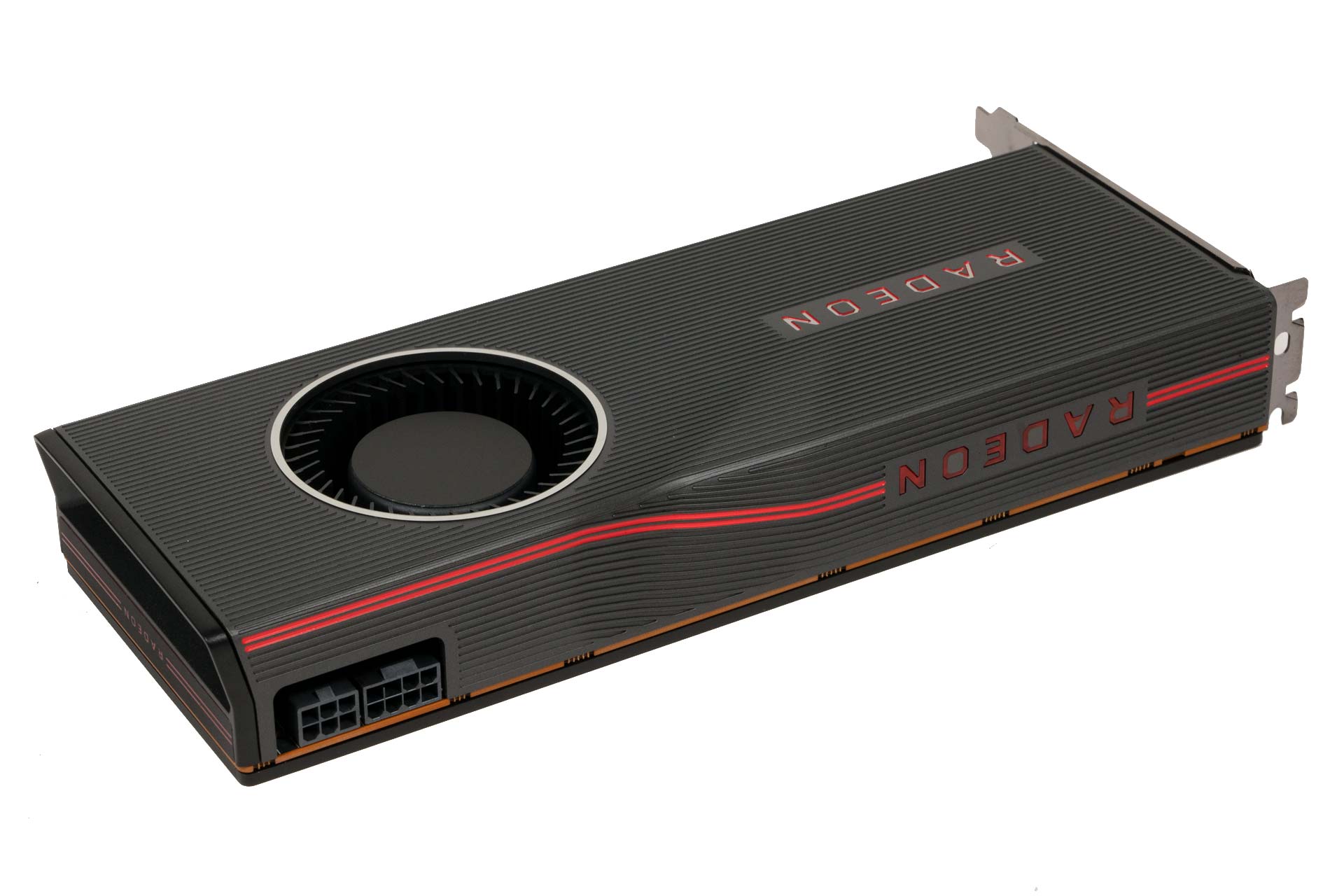
Compared to Vega 64, the Radeon RX 5700 XT delivers 16 percent more performance on average, and some games are more responsive to the new Navi architecture than others, especially Assassin’s Creed Odyssey and Total War: Three Kingdoms. Meanwhile, the powerful Radeon VII is, appropriately, seven percent faster (more so at 4K), but it’s an irrelevant card for gamers given that it’s over 1.5x the asking price of RX 5700 XT.
AMD’s flagship Navi part also gives us about 10 percent more performance than RX 5700, which is a little less than we were expecting given it has 11 percent more cores and faster clock speeds. That said, some games like Assassin’s Creed Odyssey do give it a more substantial lead.
Against the most important comparison card, the RTX 2060 Super Founders Edition, AMD’s new $399 card is five percent faster across our games. Its lead is strongest at 1440p (just over seven percent), and it definitely has a preference for DirectX 12 titles too. Ironically given that Metro Exodus is an RTX poster child, this is AMD’s best game in this comparison, with the red team emerging 13-15 percent faster. However, in DirectX 11, which like it or not is still hugely relevant for modern AAA releases, we see it struggle a bit more; Nvidia wins in Total War: Three Kingdoms at 1080p and 1440p, and consistency is worse with this API, as evidenced by significantly lower 99th percentile frame rates in Assassin’s Creed Odyssey at 4K and Far Cry New Dawn at 1080p, though that latter test likely involves some CPU bottlenecking. So yes, AMD’s new card is faster than its equivalent Nvidia offering, but the devil is in the details, and it’s not a knockout blow.
Looking at Nvidia cards above and below, the RTX 2070 Super FE is 11 percent faster and also a more consistent performer with much better 99th percentile frame rates. AMD can’t compete on performance with this card, but its price drop has certainly called its value into serious question given it’s 1.25x the price. Versus RTX 2060, the RX 5700 XT is a solid 20 percent faster, again excelling more in DirectX 12 and showing obviously improved scaling as you increase the resolution.
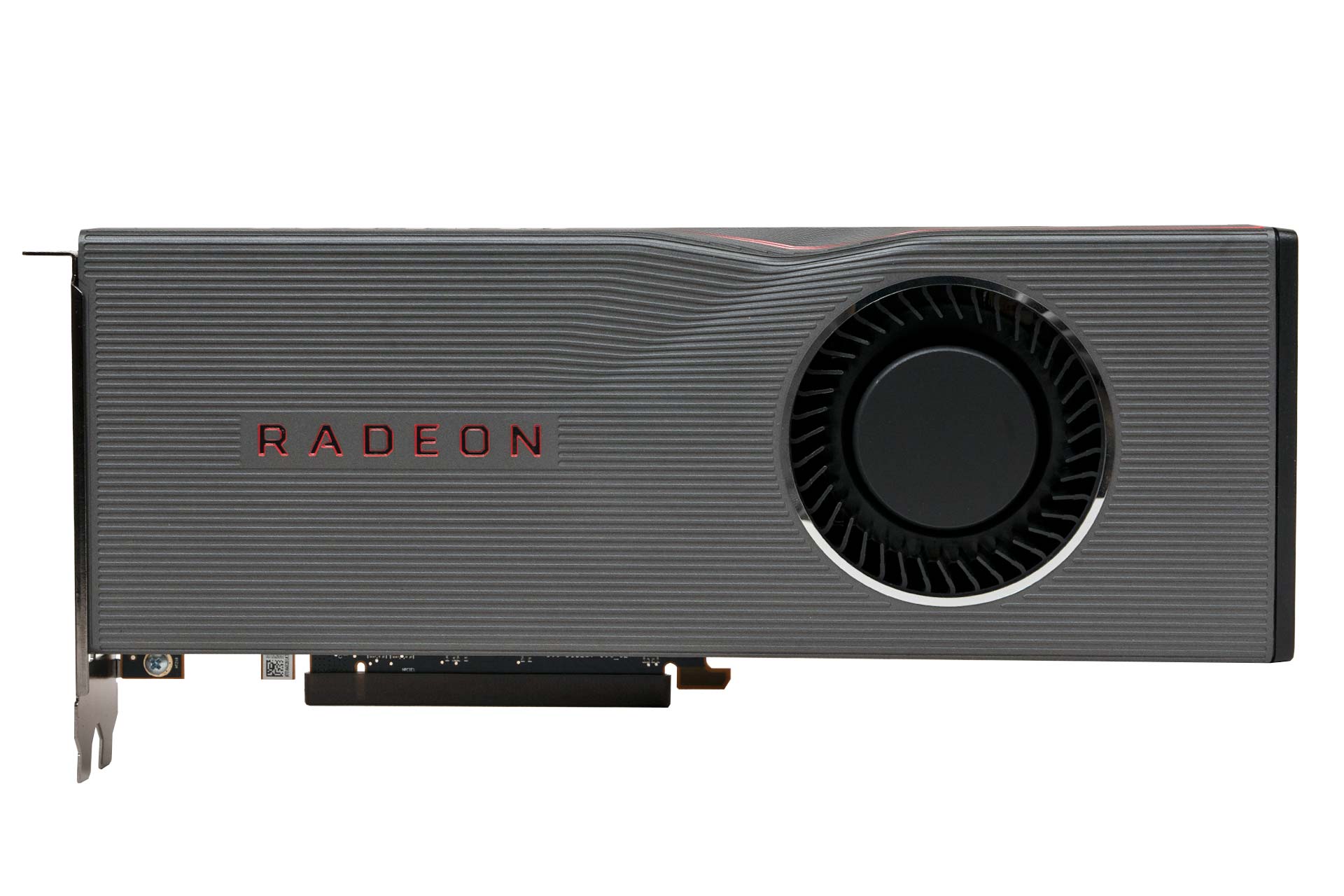
In the realm of power consumption, the good news is AMD has made big strides. We see system power consumption 76W lower with this card versus Vega 64 all while performance is significantly higher. The bad news is that it’s still not enough; even the faster RTX 2070 Super is on par (a tad lower system power consumption, in fact), and the closest card in terms of performance and price, RTX 2060 Super, gives us a figure that’s 61W less.
For this reference card, thermal performance is on par with Vega 64, which is not somewhere anyone wants to be. We recorded a delta T value 11°C higher than with Nvidia, but it’s safe to run, and the card didn’t show signs of heavy thermal throttling. Our boost clock was hitting around 1,800MHz (higher than the 1,755MHz Game Clock), and though we did observe the clock constantly fluctuating, this seems more a result of the new boosting behaviour than thermal limitations, as all the fluctuating occurred within a 20MHz window.
AMD’s cooler design has also improved since Vega 64, but even so it’s too on the noisy side for our liking, especially when compared to the cool and quiet RTX 2060 Super Founders Edition, which is also smaller.

MSI MPG Velox 100R Chassis Review
October 14 2021 | 15:04

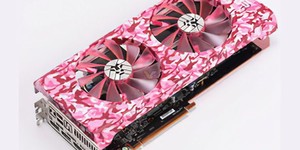
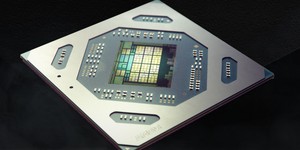
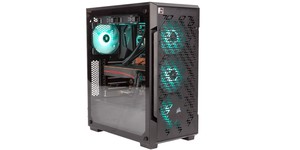




Want to comment? Please log in.